Maintaining Your Orthodontic Results
December 18th, 2023 | 4 min read
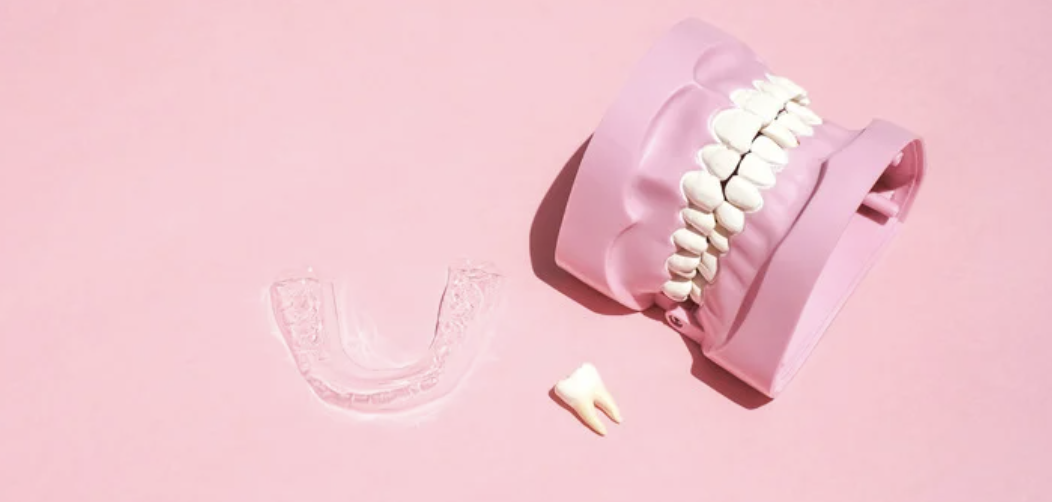
Congratulations! You’ve completed your orthodontic treatment, and now you’re the proud owner of a beautiful, straight smile. But what comes next? How do you ensure that your newly aligned teeth stay that way for years to come? We understand that this can be a new territory for many.
At NYC Smile Design, we’ve guided hundreds of patients through this crucial post-treatment phase, helping them preserve the health and aesthetics of their newly aligned teeth.
This comprehensive guide is designed to arm you with the essential knowledge and tips you need to ensure that your smile remains as radiant and healthy as the day your orthodontic treatment concluded. Let’s dive in and explore how you can keep that smile picture-perfect for years to come.
The Importance of Retainers in Maintaining Orthodontic Results
One of the most crucial steps in maintaining your orthodontic results is the consistent use of retainers. These custom-made retainers are designed to hold your teeth in their new positions, preventing them from shifting back to their original alignment. Wearing your retainer as instructed by your orthodontist is essential for long-term success.
Why Retainers Are Non-Negotiable
Retainers play a vital role in stabilizing your teeth after the active phase of your orthodontic treatment is complete. Retainers work by holding your teeth in their new positions, allowing the surrounding bone and tissues to adjust. This helps to prevent any relapse, where your teeth might start to move back to their original positions.
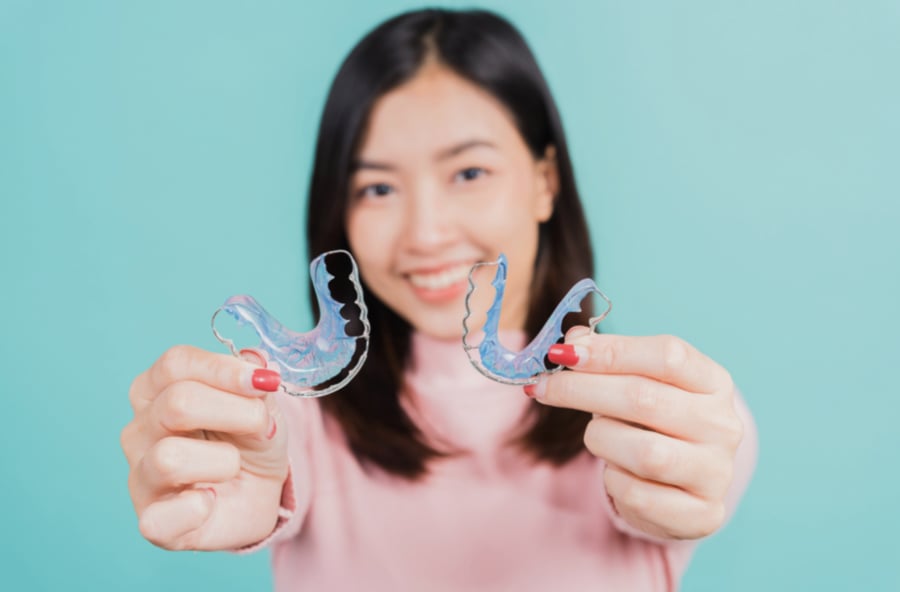
Types of Retainers
First up, we have removable retainers. These are super convenient because you can take them out when you eat or brush your teeth. This makes it easier to keep both your teeth and the retainer clean. Usually, they’re made of a clear plastic or acrylic material that fits over your teeth, and sometimes they have a wire that goes across the front of your teeth to keep them in place. The big plus here is the ease of cleaning. You can take it out and give it a good scrub, so there’s less chance of getting any gunk or plaque build-up.
On the other side, we have fixed retainers. These are pretty much the “set it and forget it” option. Your orthodontist will bond these retainers to the backside of your teeth, usually just the front ones. Because they’re fixed in place, you don’t have to worry about remembering to put them back in after meals or brushing. This makes them a more permanent solution for keeping your teeth in place. But keep in mind, because they’re fixed, you’ll need to be a bit more careful when you’re brushing and flossing to make sure you get around the retainer and keep everything clean.
Oral Hygiene: The Foundation of Long-lasting Results
Maintaining good oral hygiene is not just important for your overall dental health; it’s also crucial for preserving your orthodontic results. Poor oral care will lead to issues like gum disease and tooth decay, which, in turn, affect the stability of your newly aligned teeth.
Brushing and Flossing
Brushing and flossing are like the dynamic duo of oral care, and they’re even more important after you’ve had orthodontic work done. You’ve invested time and effort into getting that perfect smile, so you’ll want to keep it that way. Let’s break down why each one is so important and how to do it right.
First up, brushing. You’ll want to use a toothpaste that contains fluoride. Why fluoride? Well, it’s a mineral that helps strengthen your tooth enamel, making it harder for cavities to form. A soft-bristled toothbrush is your best friend here because it’s gentle on your gums while still being tough on plaque and food particles. Make sure you’re brushing all the surfaces of your teeth—front, back, and even the chewing surfaces. Aim to brush for at least two minutes, twice a day. If you can, try to brush after every meal to keep things super clean.
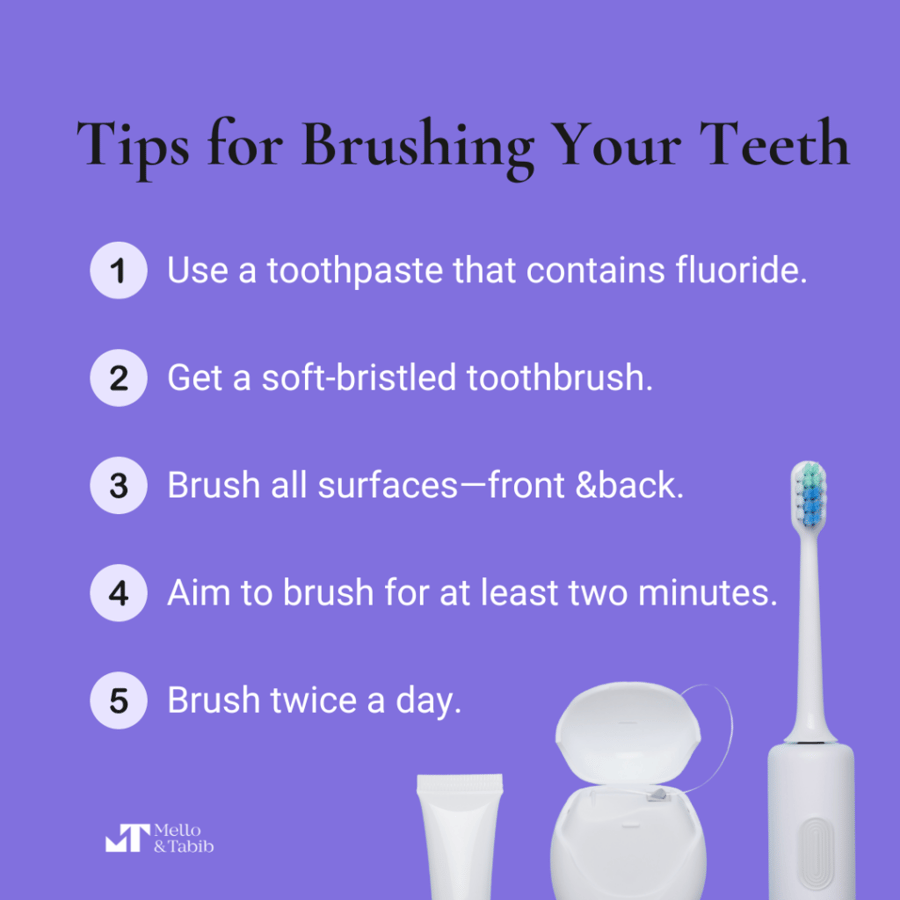
Now, let’s talk about flossing. It’s easy to overlook, but it’s super important. Your toothbrush can’t get everywhere, and that’s where floss comes in. It helps you clean the tight spaces between your teeth where food and plaque love to hide. If you leave that stuff there, it can lead to cavities and gum disease, and nobody wants that. So, make sure you’re flossing at least once a day. Take a piece of floss, slide it between your teeth, and gently move it up and down to remove any trapped particles and plaque. If you find flossing tricky, there are also floss picks and water flossers that can make the job easier.
Regular Dental Check-ups
Regular dental check-ups are another key component of maintaining your orthodontic results. These visits allow your dentist to monitor your oral health and catch any potential issues before they become major problems. It’s advisable to see your dentist at least twice a year for a thorough cleaning and examination.
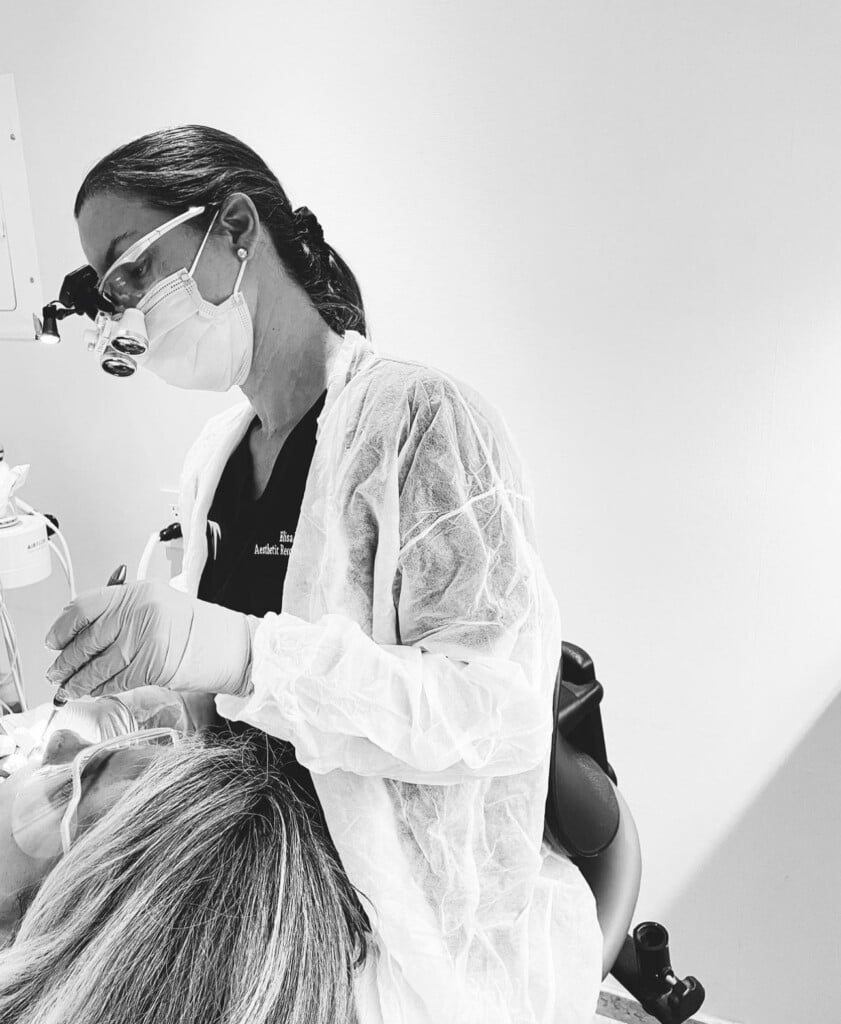
Lifestyle Choices and Their Impact
Your lifestyle choices can also have a significant impact on the longevity of your orthodontic results. Habits like smoking, excessive alcohol consumption, and poor dietary choices all negatively affect your oral health.
Diet and Nutrition
Eating a balanced diet is more than just a general health recommendation; it’s a cornerstone for maintaining the strength and health of your newly aligned teeth. When you consume foods rich in essential vitamins and minerals like fruits and vegetables, you’re essentially fortifying your teeth against potential issues like decay and gum disease. On the flip side, sugary snacks and beverages are like kryptonite for your teeth. They lead to the buildup of plaque, which is a leading cause of tooth decay and gum disease. So, after investing time and effort into orthodontic treatment, it’s crucial to be mindful of your diet to protect that investment and keep your smile looking its best.
Physical Activity and Oral Protection
Participating in contact sports or engaging in physical activities that could result in a blow to the mouth poses a real risk to your teeth, especially after you’ve gone through the process of orthodontic treatment. A mouthguard becomes more than just a piece of protective gear; it’s a safeguard for the investment you’ve made in your smile. Wearing a mouthguard can help absorb and distribute the forces from a sudden impact, reducing the risk of chipped or broken teeth. It can also protect orthodontic appliances you might still be wearing, like retainers or even braces, from getting damaged. So, if you’re an athlete or someone who loves high-impact activities, don’t overlook the importance of a mouthguard. It’s a small but crucial step in ensuring that your newly aligned teeth stay healthy and intact.
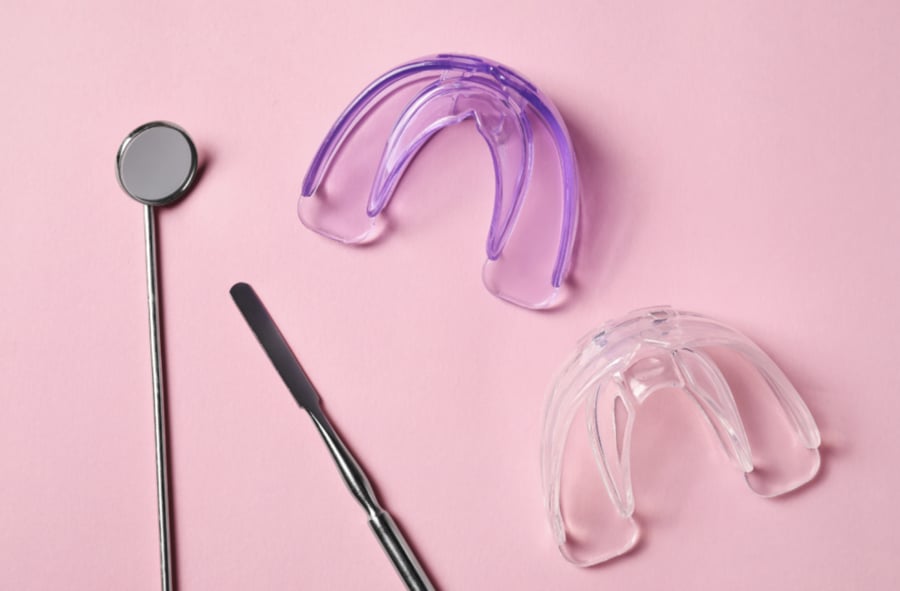
Orthodontic Up Keep
Maintaining your orthodontic results is a lifelong commitment that requires consistent care and attention. From wearing your retainer to practicing good oral hygiene and making wise lifestyle choices, there are several steps you can take to ensure that your smile remains as beautiful as the day your treatment ended. Remember, a radiant smile is an investment that deserves careful attention and maintenance.
If you are looking for a routine orthodontics checkup, visit the NYC Smile Design Website to schedule your next appointment.
Topics:

